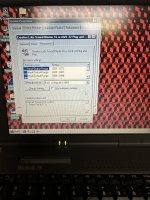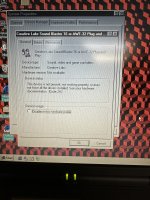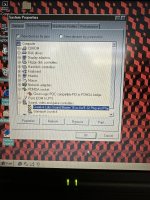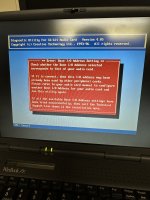Just installed a shiny new copy of Windows 95 onto a WinBook FX I just got in from eBay. Laptop needed a new hard drive and has a hinge problem I need to check but it’s otherwise working.
I’ve got an audio issue though. Seems like Windows knows what it is (it’s one of the Vibra 16 chipsets). Driver fails to load with a classic IRQ conflict with the parallel port.
So, I’ve never actually had to fix one of these before, so I’ve got no clue what to do. Can anyone help out?
Thanks!

I’ve got an audio issue though. Seems like Windows knows what it is (it’s one of the Vibra 16 chipsets). Driver fails to load with a classic IRQ conflict with the parallel port.
So, I’ve never actually had to fix one of these before, so I’ve got no clue what to do. Can anyone help out?
Thanks!






